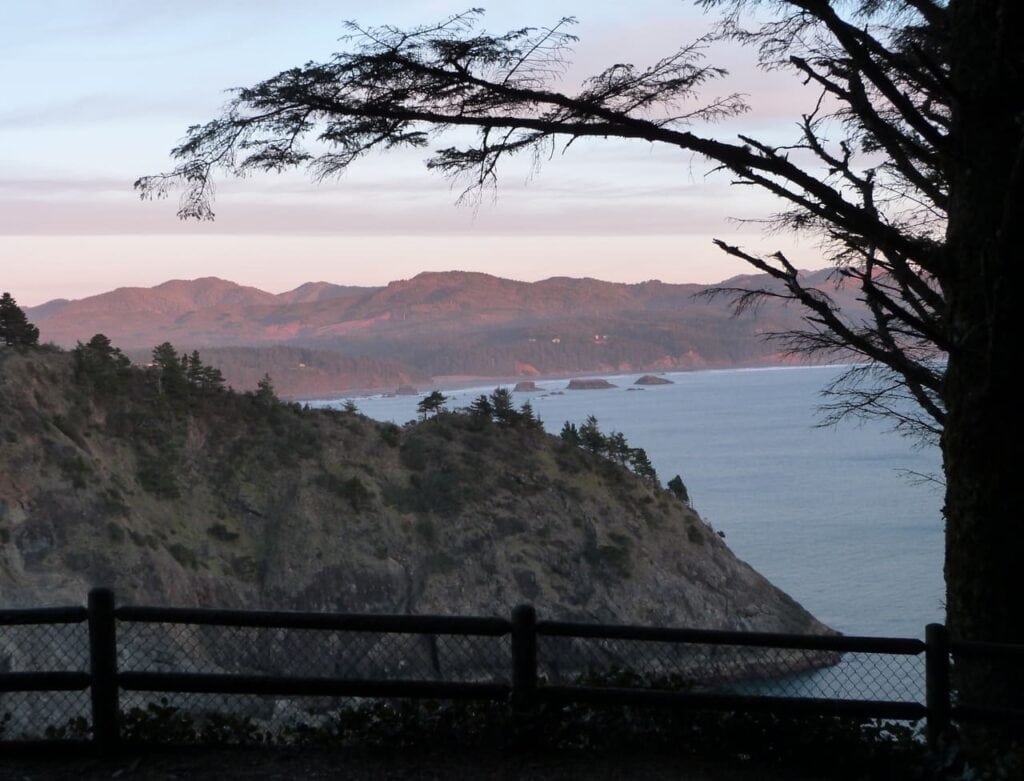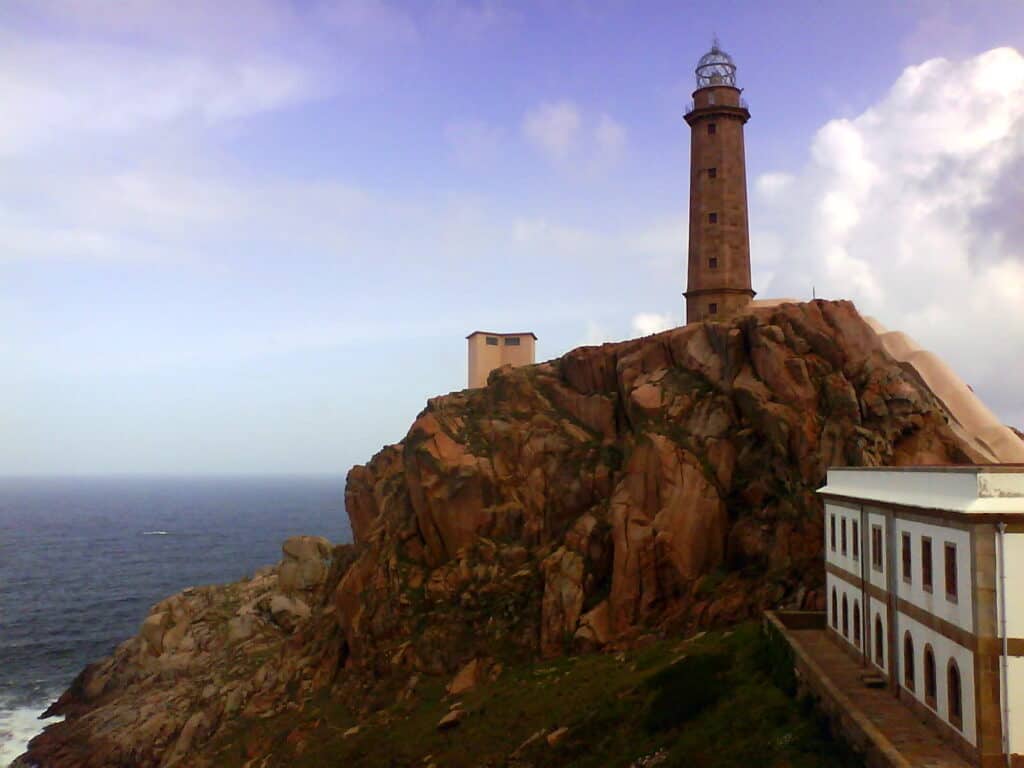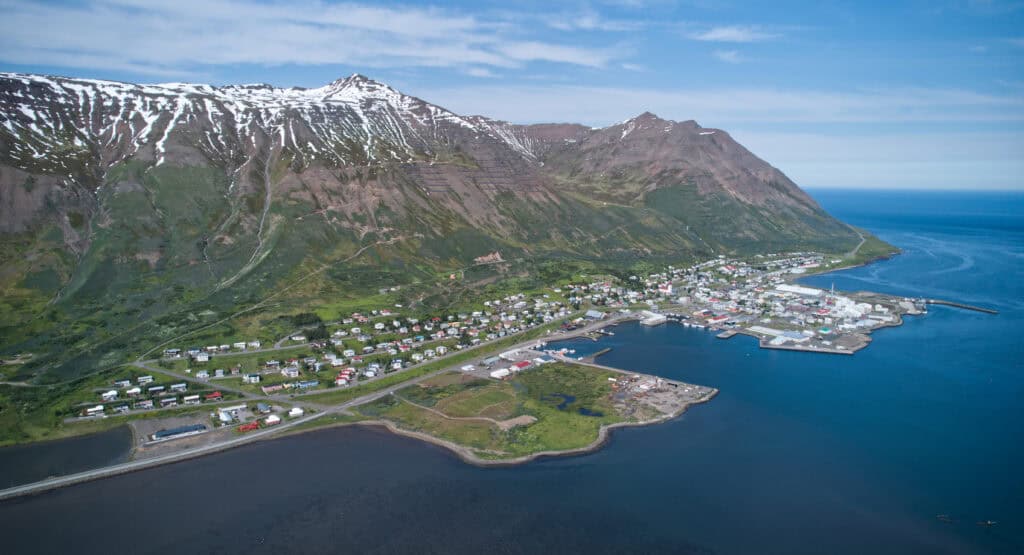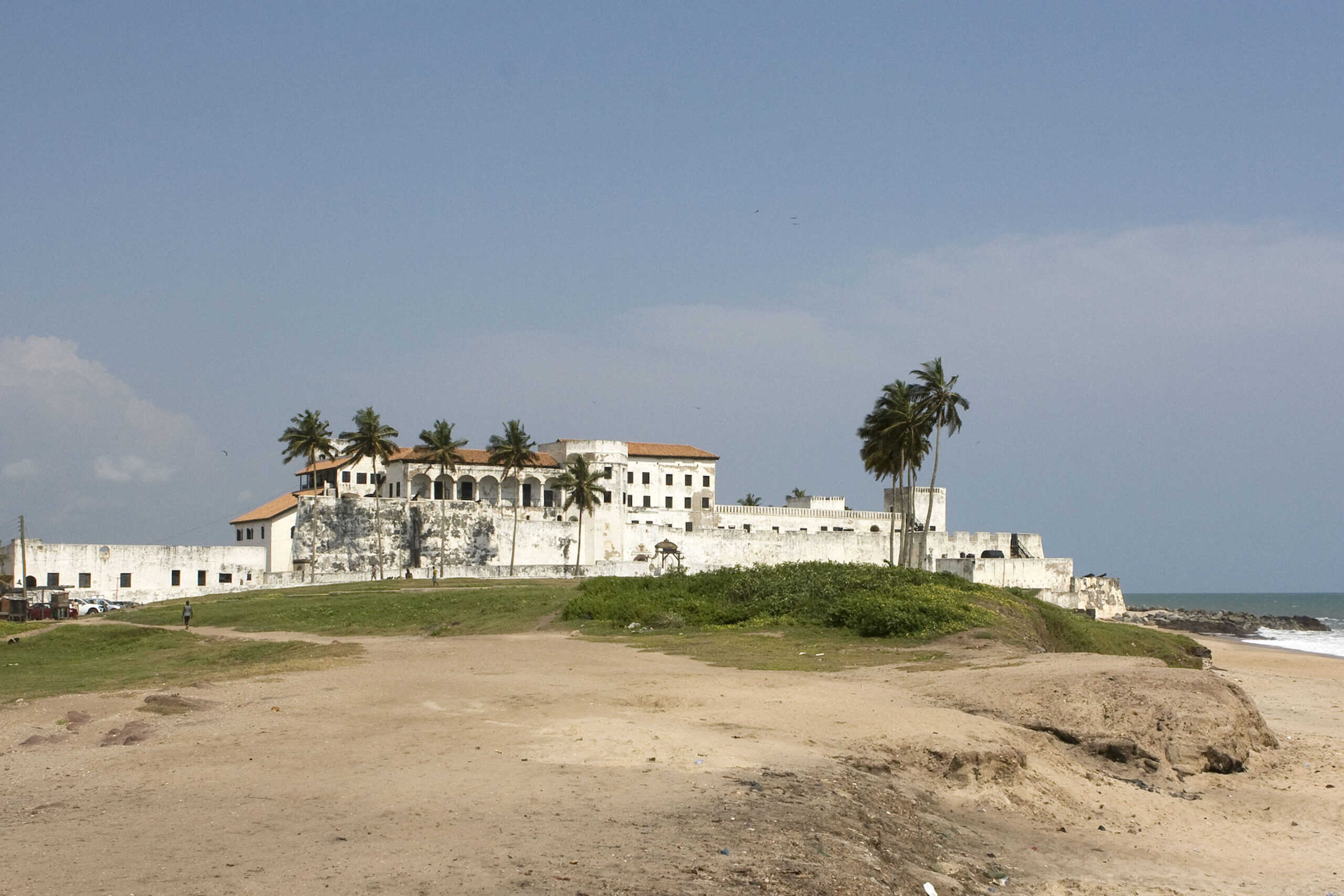We may earn money or products from the companies mentioned in this post. This means if you click on the link and purchase the item, I will receive a small commission at no extra cost to you ... you're just helping re-supply our family's travel fund.

Small harbors still set the day by tides, not check-in times. In these villages, diesel hums at dawn, gulls trace the fleet, and co-ops open before bakeries. Skippers barter ice, crews mend nets, and cafés pour strong coffee for hands still smelling of salt. Visitors come and go, but hulls keep stacking the quay. What this really offers is a quieter kind of coastal travel, shaped by weather, work, and patience rather than selfie lines or souvenir rows. Boats still outnumber rooms, and prices shift with the catch.
Stonington, Maine

Stonington, Maine still moves to the lobster boat’s clock. Traps stack on granite wharves, bait barrels line alleys, and the co-op sets prices while fog lifts off Deer Isle Thorofare. A few galleries and cafés open late, but most doorways spill oilskins and rope. Evenings bring quiet harborside walks and the slap of hulls against tide. Tour vans are rare; pickup trucks and skiffs make the traffic, and conversation follows weather reports more than itineraries.
Noyo Harbor, California

Ft. Bragg’s Noyo Harbor keeps a working edge beneath the headlands. Trawlers and crab boats crowd the slips, processors clang, and gulls patrol as crews unload by the crate. Diners serve plates straight from the dock, but neon stays low and nights end early. The river mouth smells of diesel and kelp, not sunscreen. Walks along the bluff watch boats thread the bar, and mornings start with coffee, tide charts, and a radio crackle that sets the pace.
Port Orford, Oregon

Port Orford lifts boats onto the dock by crane, one of the last open-water dollies on the coast. The fleet spends dawn on blackwater swells, then rises onto the pier like steel birds to unload. Weather decides everything: which reef, which gear, which hour to jump the bar. Galleries, a lighthouse, and a few snug cafés fill the gaps, but the calendar belongs to the swell. Tourists count as bycatch here, noticed kindly, then waved past. On calm evenings, seals nose the swash and crews trade stories by the winch, saving tomorrow’s choices for the first gray light.
Hoonah, Alaska

On Chichagof Island, Hoonah balances Tlingit tradition with a hard-working fleet. Skiffs and seiner tenders fuel before sunrise, then fan into Icy Strait for salmon and halibut. Back on shore, smokehouses trace alder into the air while carvers shape canoe planks beside stacked buoys. Cruise days happen, but evenings return to family docks, small markets, and the thud of totes on wet wood. The village reads the water first and the calendar second.
Cortez, Florida

Cortez is an old-school Gulf fish camp wrapped in weathered cypress and practical boats. Net menders take shade under tin roofs, pelicans line up for scraps, and seafood shacks keep menus short and fresh. Streets run to the water, not to souvenir rows, and porches sit full of storytellers. The working waterfront museum explains why this village resisted condo pressure. Boats still carry the day, and supper depends on what cleared the pass by noon.
Bayou La Batre, Alabama

Bayou La Batre builds boats as often as it sails them. Shrimpers, oystermen, and small shipyards fill a labyrinth of channels fringed by live oaks. The skyline is masts and gantries, not hotel signs, and lunch counters lean toward etouffee and fried crab claws. Storms rewrite docks now and then, but the fleet keeps rebuilding, plank by plank. Afternoons end with ice runs and diesel checks, and traffic means a string of trawlers pushing the tide. Even church bulletins track tides, and porch talk ends when the radio crackles with a weather shift.
Camariñas, Spain

On Galicia’s Costa da Morte, Camariñas ties lacework to longliners. The port wakes early for hake and octopus, while bobbing dories paint the inner harbor with primary colors. Women knot bobbin lace in shopfronts as radios track the weather. Visitors find stone lanes and low-slung taverns where stew arrives before talk. Cliffs outside town hold wind and wreck lore, but the quay keeps its focus: fish first, fiestas second, and always an eye on the swell.
Siglufjörður, Iceland

Siglufjörður once rode the herring boom and now steers a steadier course. Small boats line a fjord that feels feathered with snow well into spring, and the herring museum tells a briny story without polish. Cafés warm hands, gear shops sell the serious stuff, and the harbor keeps its working cadence. A few hikers and skiers pass through, yet the loudest crowds are kittiwakes and winches. Nights fall blue, and deck lights carry most of the sparkle.
São Mateus da Calheta, Azores

On Terceira’s south shore, São Mateus da Calheta keeps stone piers, basalt slips, and a tight fleet of pocket seiners. Morning auctions move fast, then vans whisk boxes toward island kitchens. Chapels face the swell, cafés face the boats, and conversations skip from wind to water temperature. Festivals arrive in summer, but late months feel local and work-first. The harbor’s rhythm holds steady, and tourists fold into it like weather: noticed, then gone.
Elmina, Ghana

Elmina’s lagoon launches a forest of wooden canoes painted with proverbs and bright flags. Nets stretch across alleys to dry, smokehouses thicken the air, and the castle’s white walls watch a trade older than the road. Markets move fish by basin and bargaining, while boat builders hammer ribs along the shore. A few guides lead history walks, yet the day belongs to the tide table and the distant line where canoes vanish, then return stacked with silver.